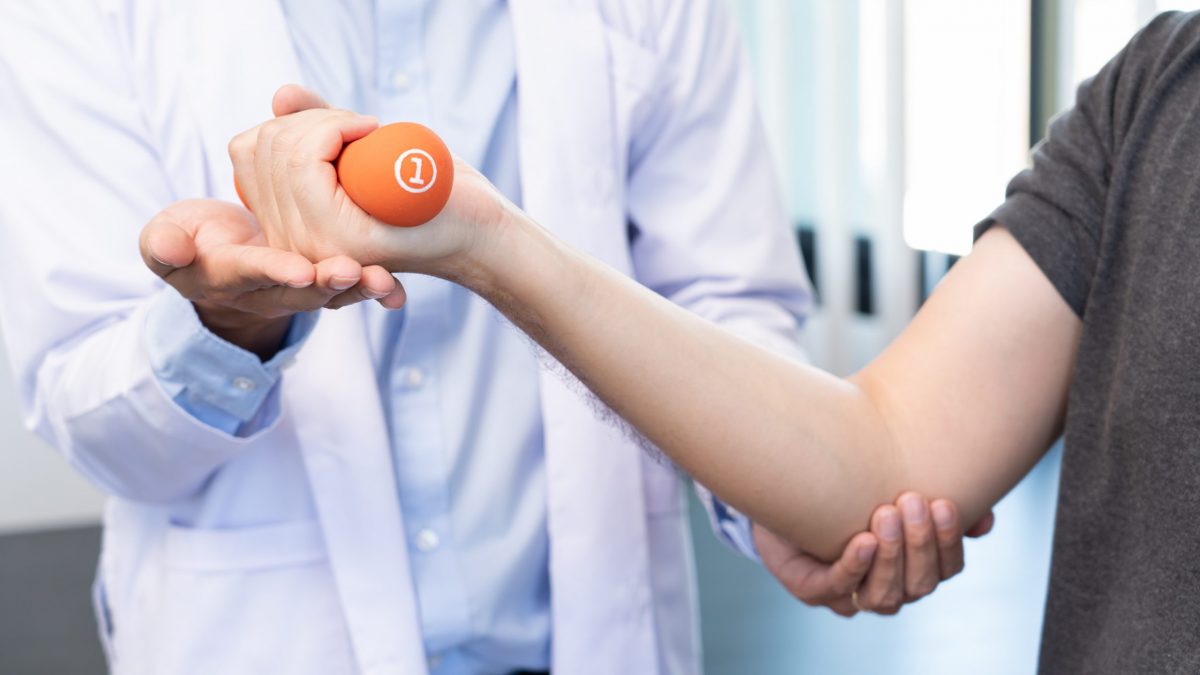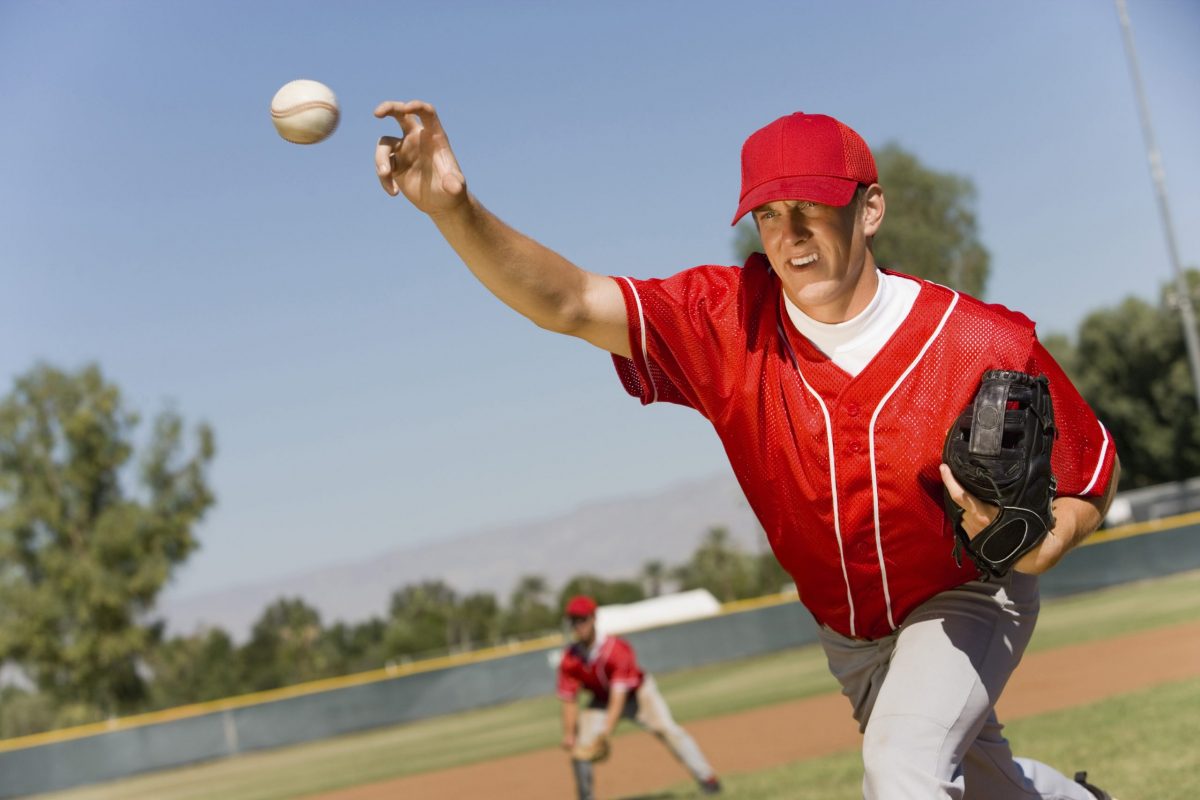
When Major League Baseball pitcher Thomas Edward John Jr. underwent surgery for repair of his ulnar collateral ligament, he probably did not envision having the procedure named after him. Nor did he likely assume a full return to pitching after he recovered. After all, up until the serendipitous arrival of Tommy John Surgery in 1974 (when John’s procedure took place), an ulnar collateral ligament (UCL) injury often meant the end of a pitching career.
Almost five decades later, ulnar collateral ligament (UCL) reconstruction provides hope for pitchers and athletes who want to return to their sport. At EmergeOrtho—Triangle Region, we have subspecialty orthopedic teams specifically dedicated to addressing Sports Medicine and Elbow/Arm conditions and injuries.
Our specialists utilize the latest approaches and surgical techniques to restore elbow strength and stability for athletes diagnosed with UCL injuries. In fact, Dr. Marshall Kuremsky routinely offers a complimentary seminar all about Tommy John and related arm and elbow injuries in baseball (which we will discuss in further detail later). For now, learn more about UCL reconstruction and how to maximize recovery following surgery.
Ulnar Collateral Ligament (UCL) Reconstruction
A worn or torn UCL is problematic since it is essentially responsible for holding the elbow joint together, preventing dislocation. This thick, collateral ligament extends from the inner side of the humerus to the inner side of the ulna. The UCL’s main purpose for a baseball pitcher is to stabilize the elbow during overhead throwing.

Dr. Frank Jobe performed the first UCL reconstruction, now commonly known as “Tommy John Surgery.” Only during surgery, did Jobe discover that rather than an injured UCL in need of repair, John had no UCL—it had completely worn away. Perhaps not all that surprising considering the effort associated with throwing a baseball 100-plus times during the span of two to three hours, multiple times a season.
Jobe quickly realized that John would need a UCL substitute. While at the time, harvesting ligaments from other areas of the body to restore damaged wrist and hand ligaments had been done—no one, until Jobe, had attempted the procedure on an elbow. During John’s surgery, Jobe harvested a portion of the wrist ligament to reconstruct John’s UCL.
Today, UCL reconstruction involves the use of a tissue graft to serve as a platform for a new ligament. Most often a patient’s own tendon can be used.
What to Expect During Tommy John Recovery (and After)
While the outcome of UCL reconstruction is often positive, the success of your recovery directly involves your ability to stick to postoperative guidelines. It is crucial to follow the post-surgery instructions of your orthopedic surgeon for a full recovery. Tommy John Surgery rehabilitation involves four “phases” consisting of different areas of focus.
- Phase One (post-surgery to three weeks)
 The initial phase of Tommy John Surgery recovery involves immobilization of the elbow with a brace, focussing on also preventing stiffness. Your surgeon and/or a physical therapist will slowly reintegrate range-of-motion (ROM) in small degrees (until full ROM is restored). This phase typically concludes with the removal of the brace, around six weeks after surgery.
The initial phase of Tommy John Surgery recovery involves immobilization of the elbow with a brace, focussing on also preventing stiffness. Your surgeon and/or a physical therapist will slowly reintegrate range-of-motion (ROM) in small degrees (until full ROM is restored). This phase typically concludes with the removal of the brace, around six weeks after surgery.
- Phase Two (weeks four through eight)
Going into the next phase, your recovery will center on restoring strength. As part of your Tommy John therapy exercises, you will perform specialized rehabilitative exercises (for the elbow and shoulder) beginning with one-pound weights. Each week, weights will increase by one additional pound.
- Phase Three (weeks 9-13)
By phase three, isotonic and manual-resistance exercises are implemented to encourage flexibility. At the 12-week mark, baseball players (or other overhead throwing athletes) will focus on proper throwing mechanics.
- Phase Four (weeks 14-26)
The last phase of Tommy John Surgery recovery is all about restoring throwing motion. This includes practicing throwing from the mound and game-simulation throwing. The final stage is a return to baseball (or other sport).
It can take anywhere from nine to twelve months for an athlete to resume competitive throwing after Tommy John Surgery.
Success Stories
Tommy John not only recovered from his UCL reconstruction, he went on to have a successful pitching career that lasted until age 46. Since then, many other high school, college and professional baseball players and throwing athletes have been able to return to their sport.
At EmergeOrtho—Triangle Region we love sharing success stories as much as we enjoy educating athletes and patients how to recover for best outcomes.
Schedule an appointment with one of our highly qualified EmergeOrtho—Triangle Region doctors. Or, call us any time at (919) 220-5255.







